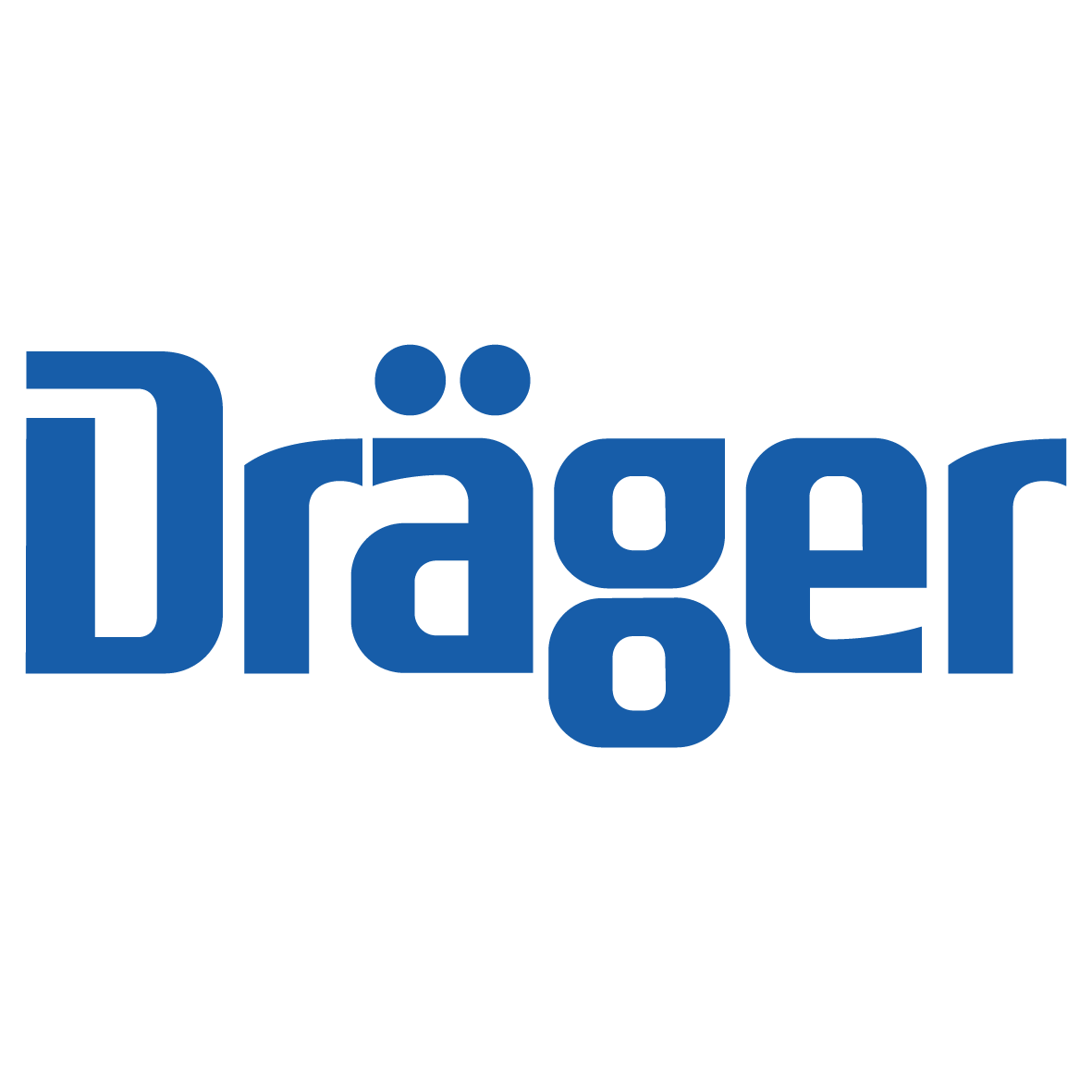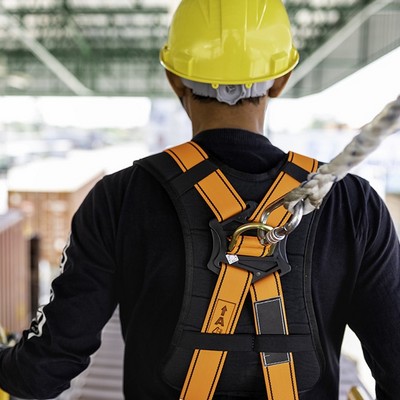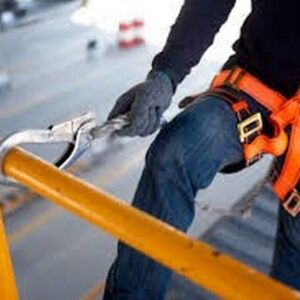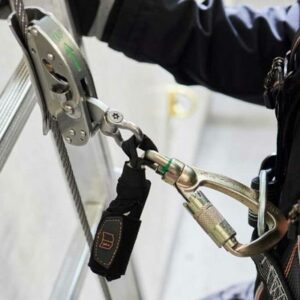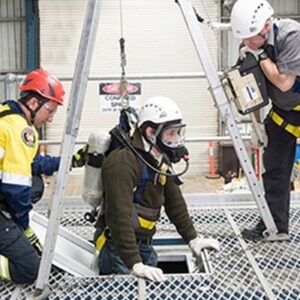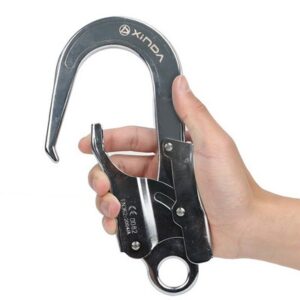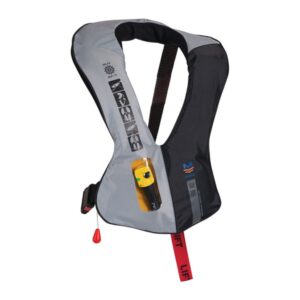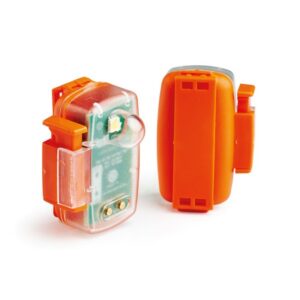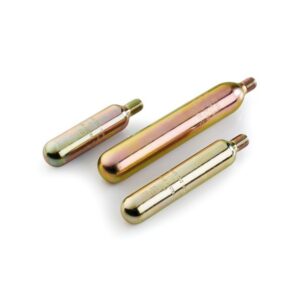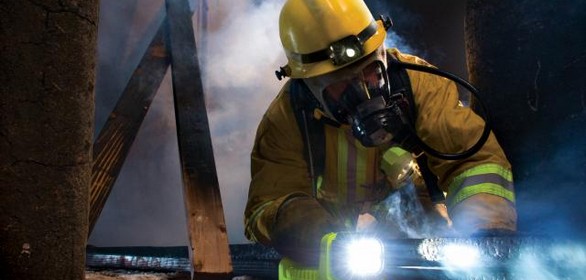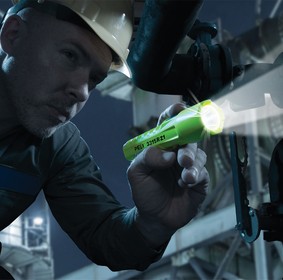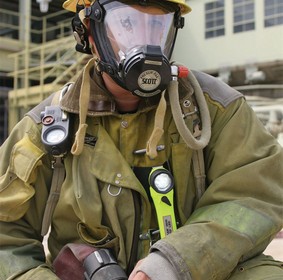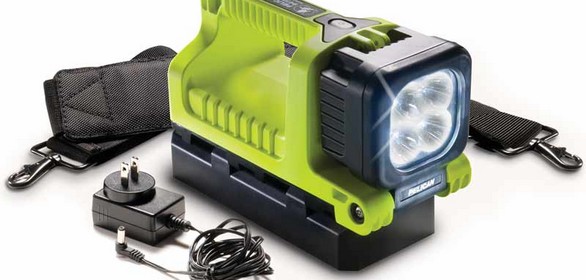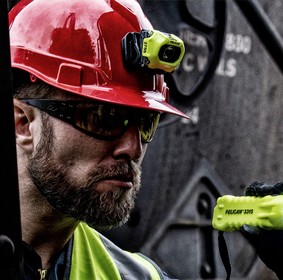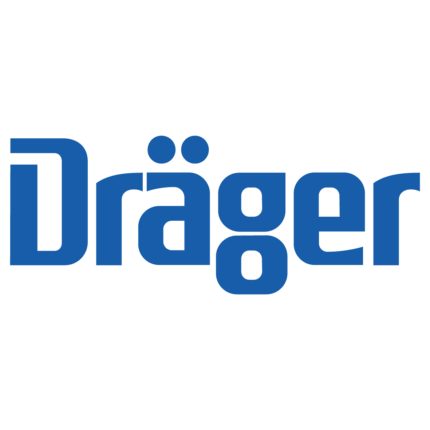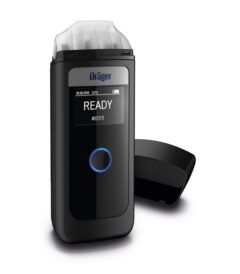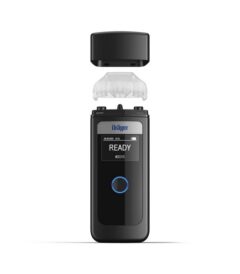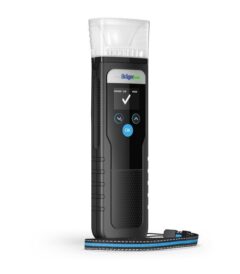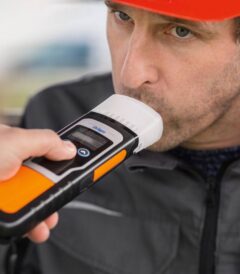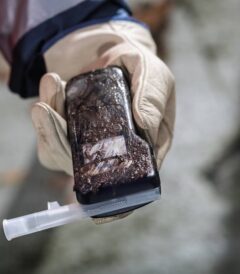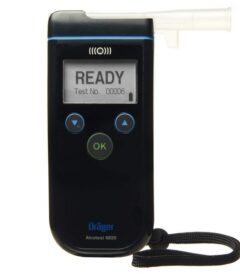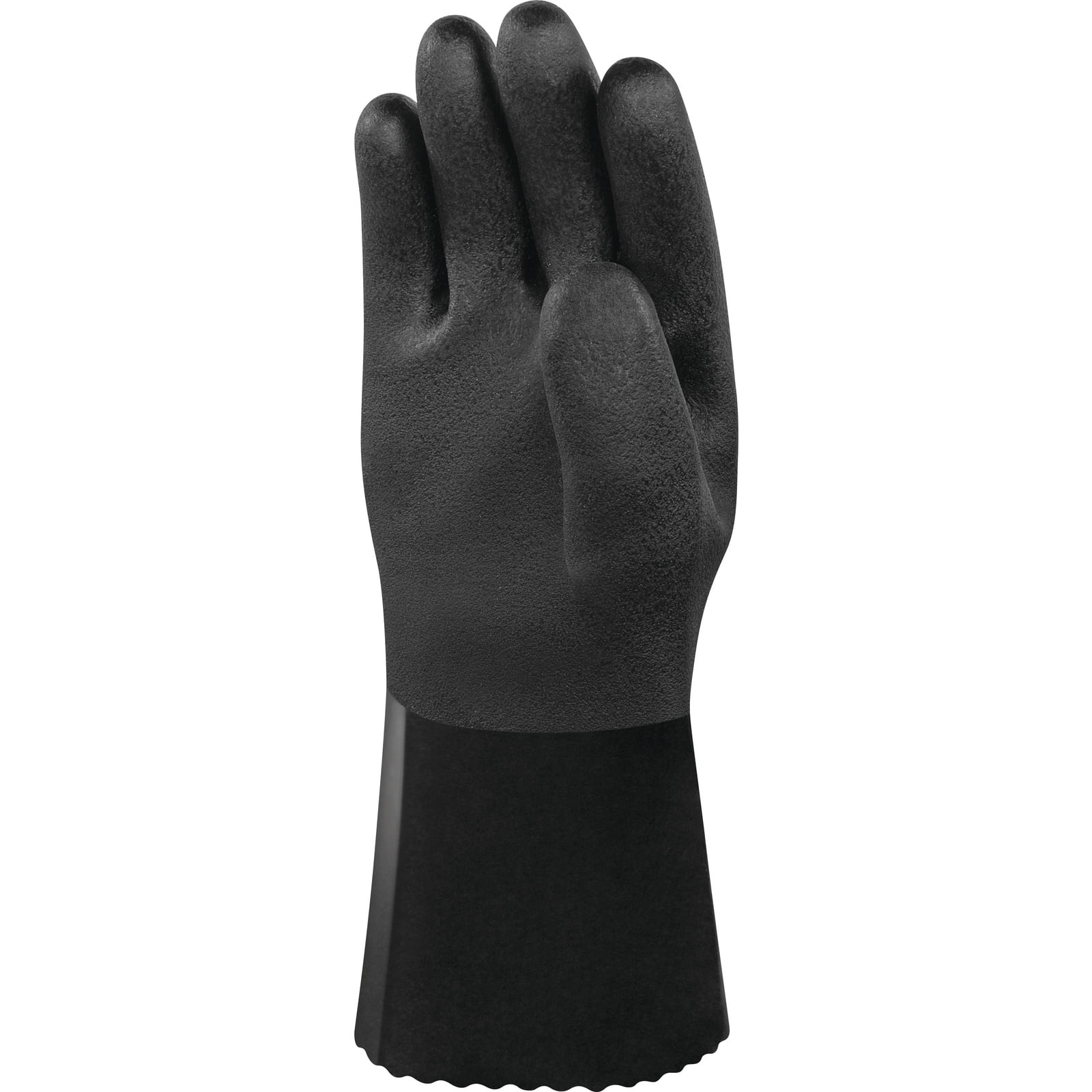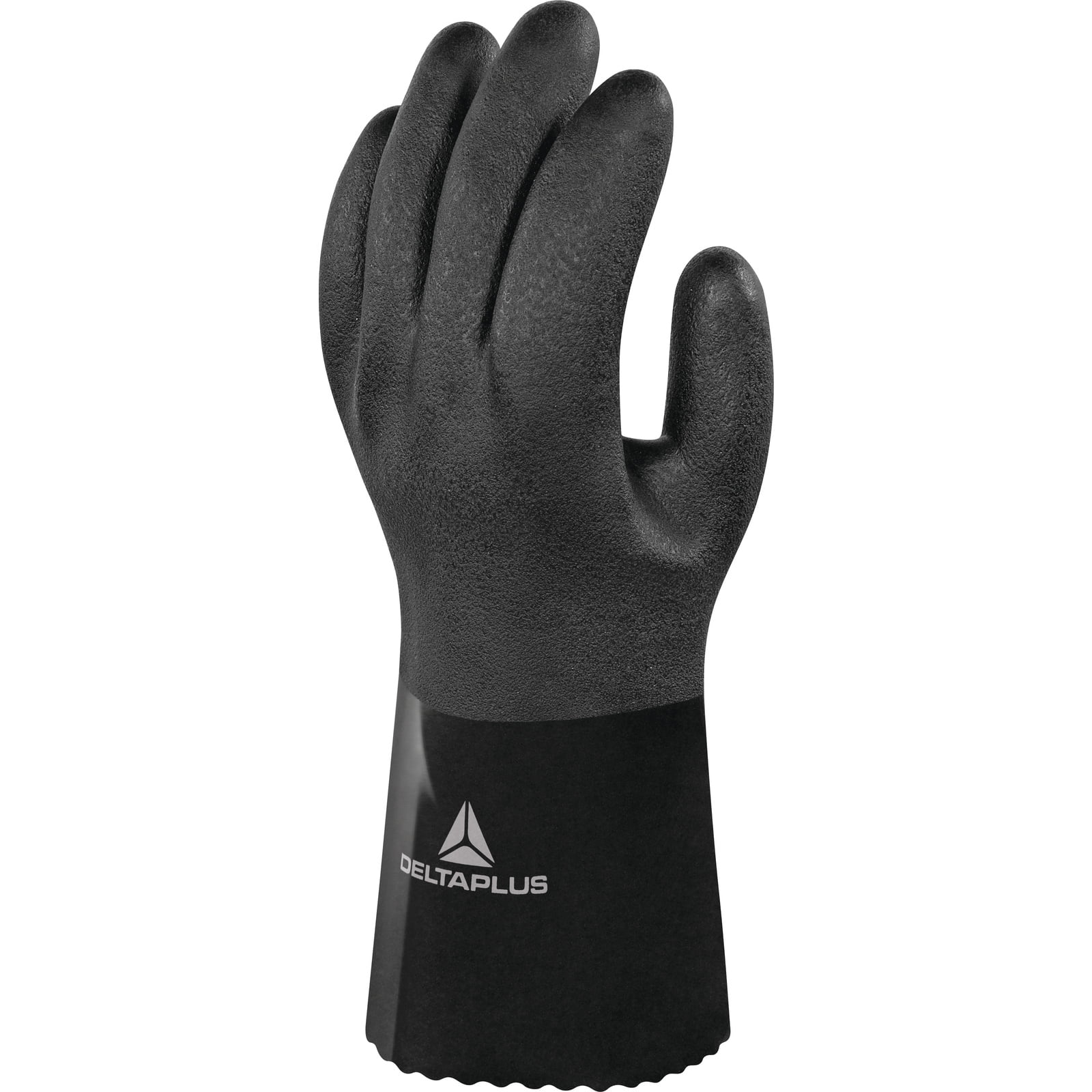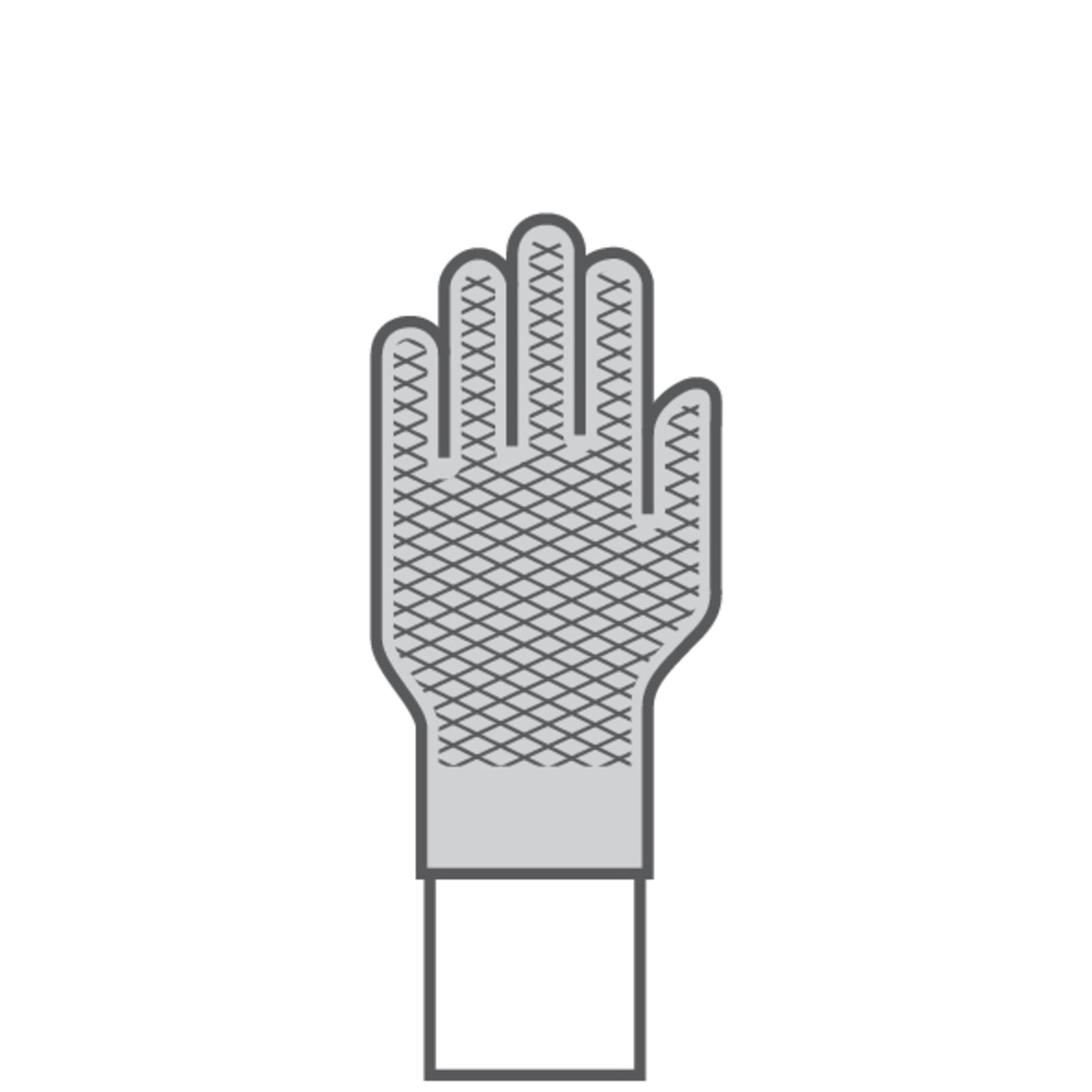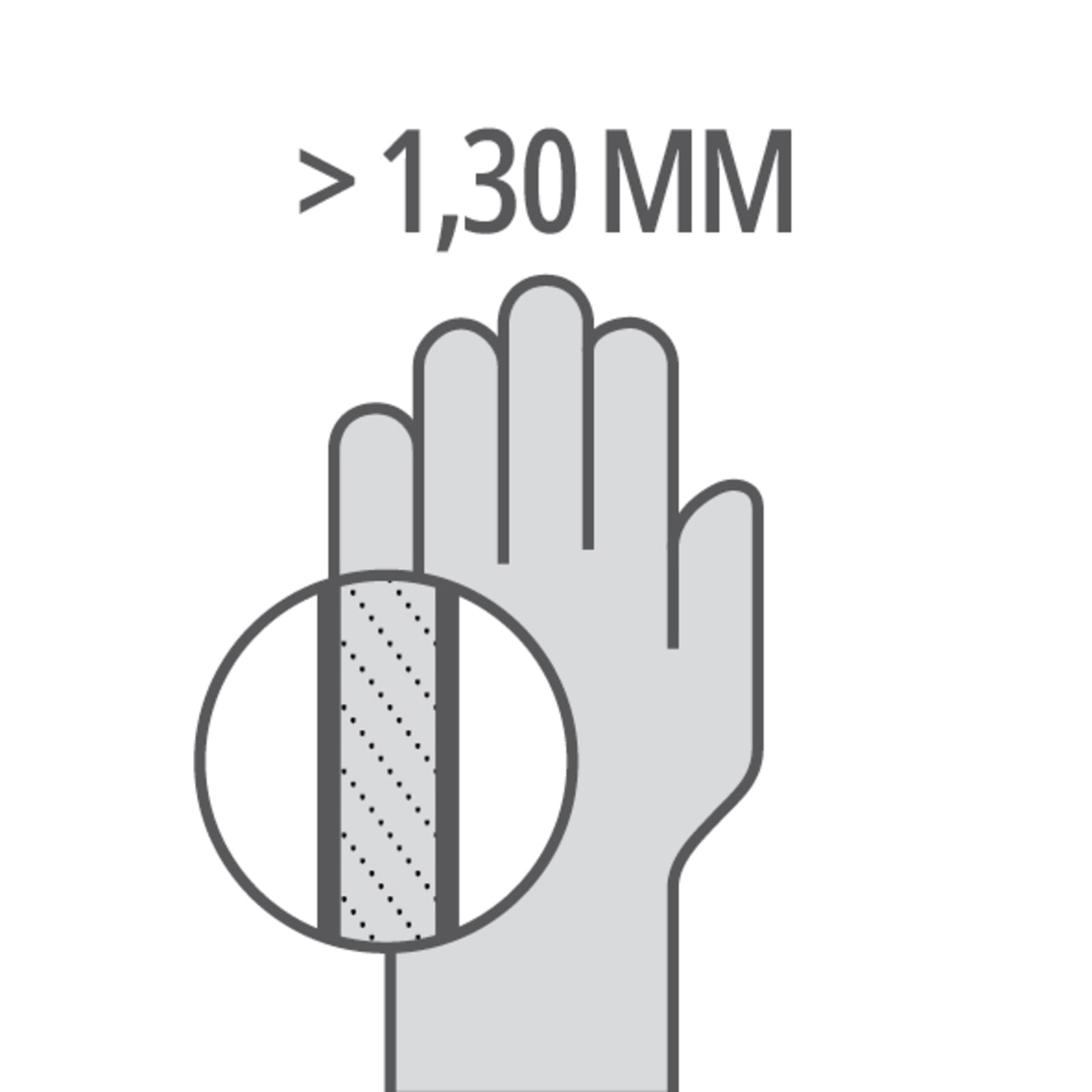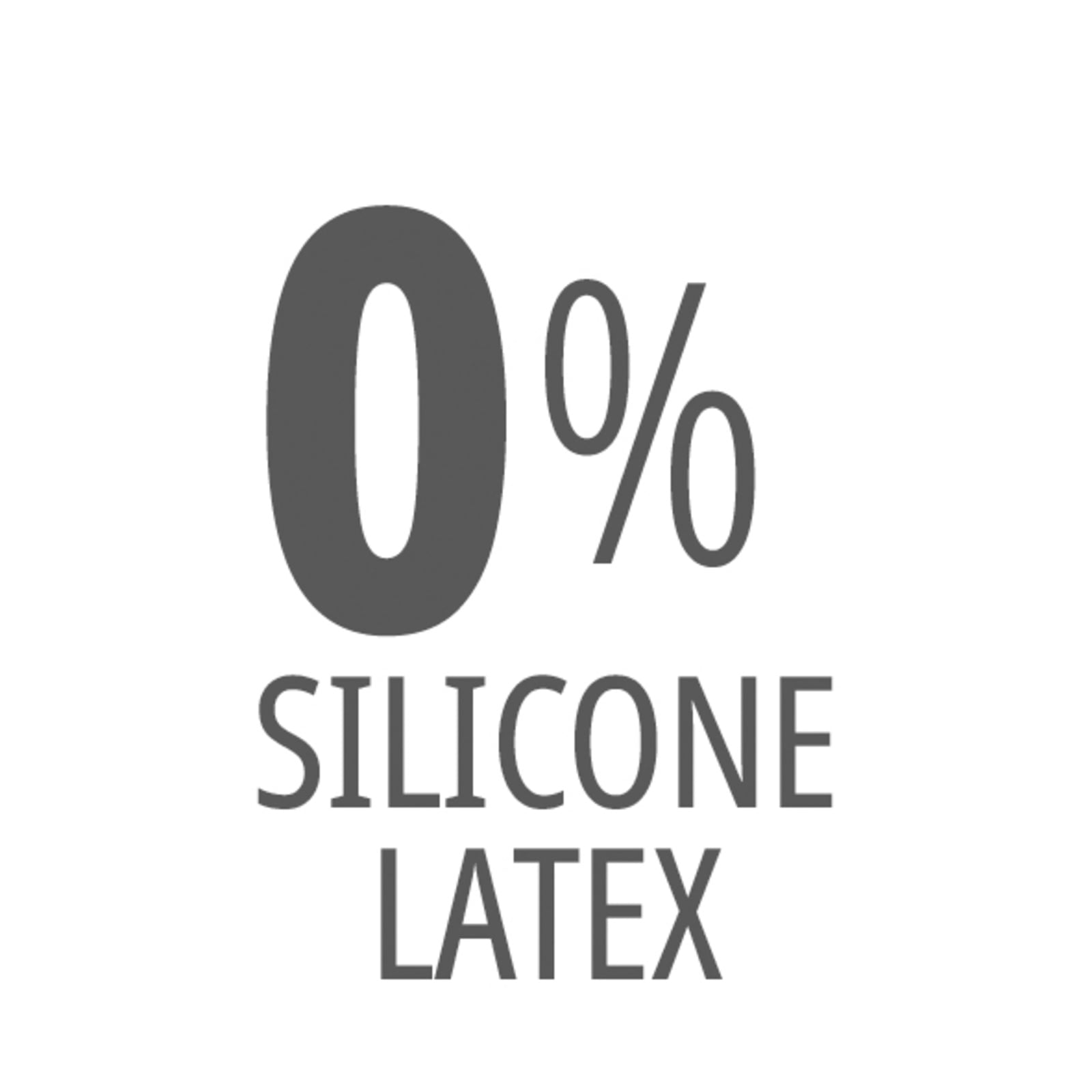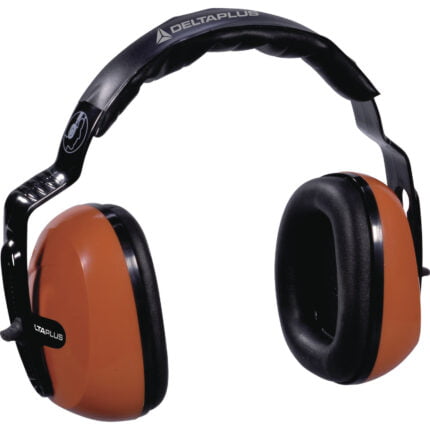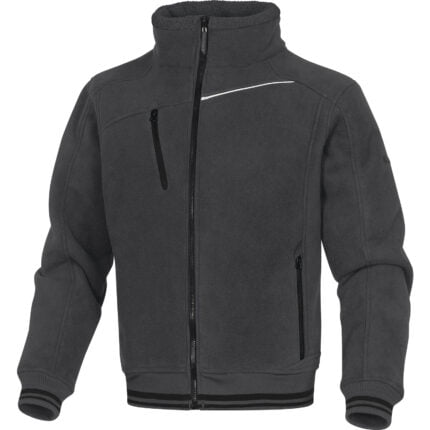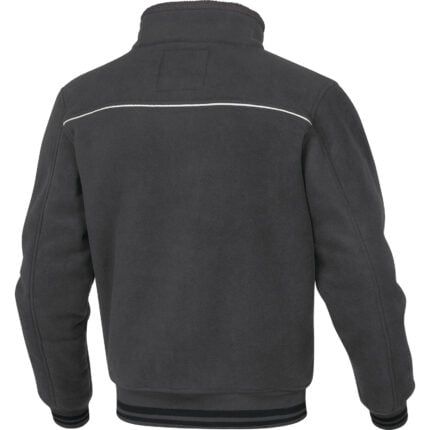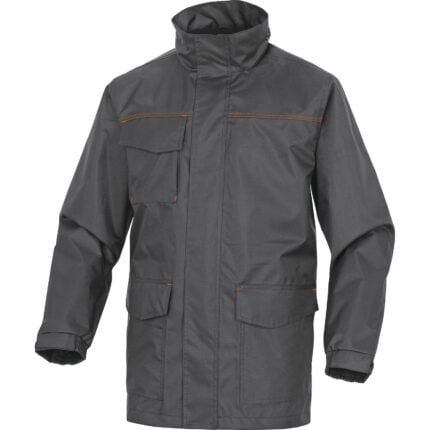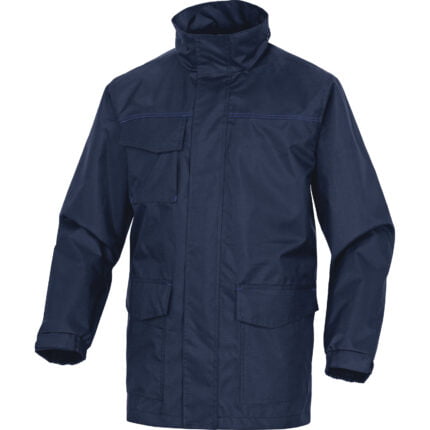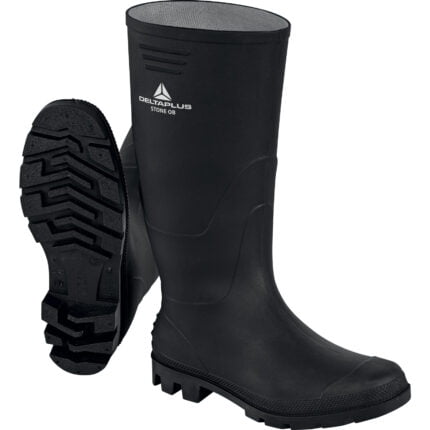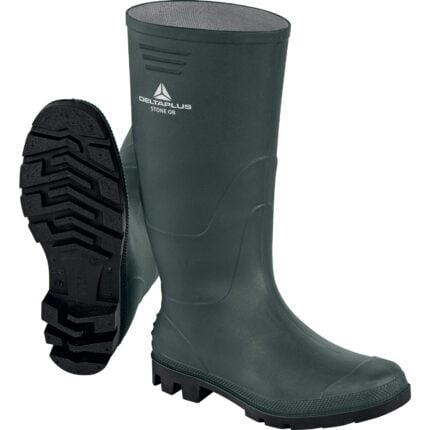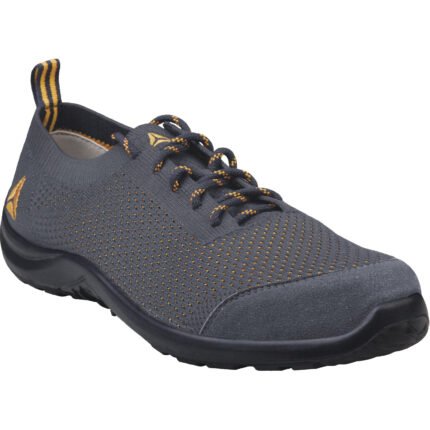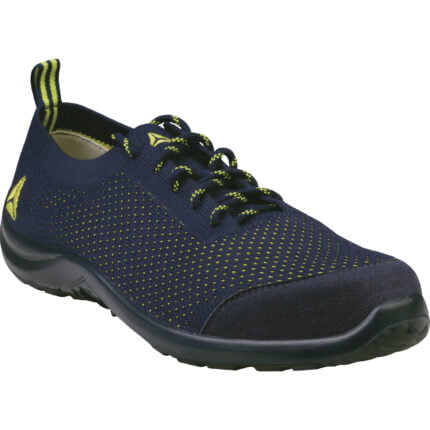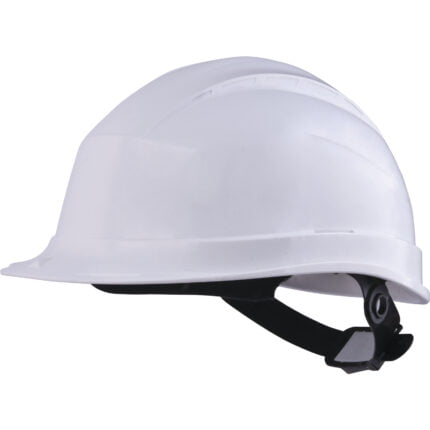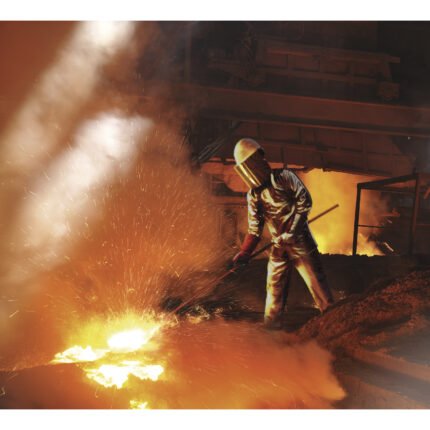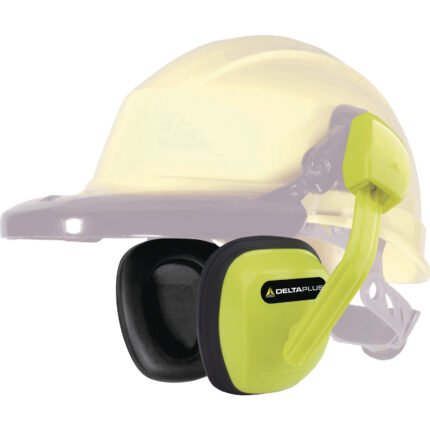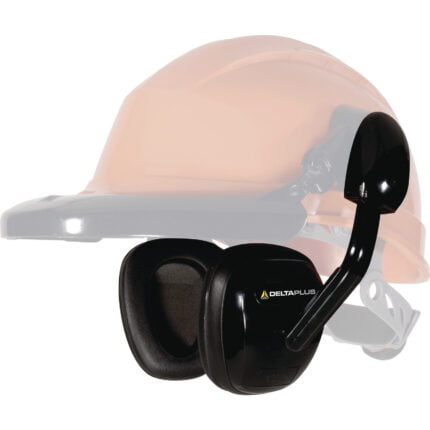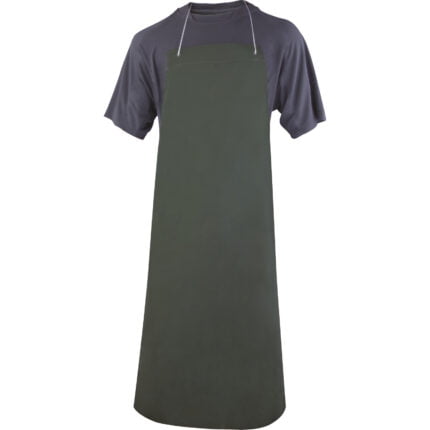COMPOSITION
Support: cotton and metal fiber.
Coating: PVC.
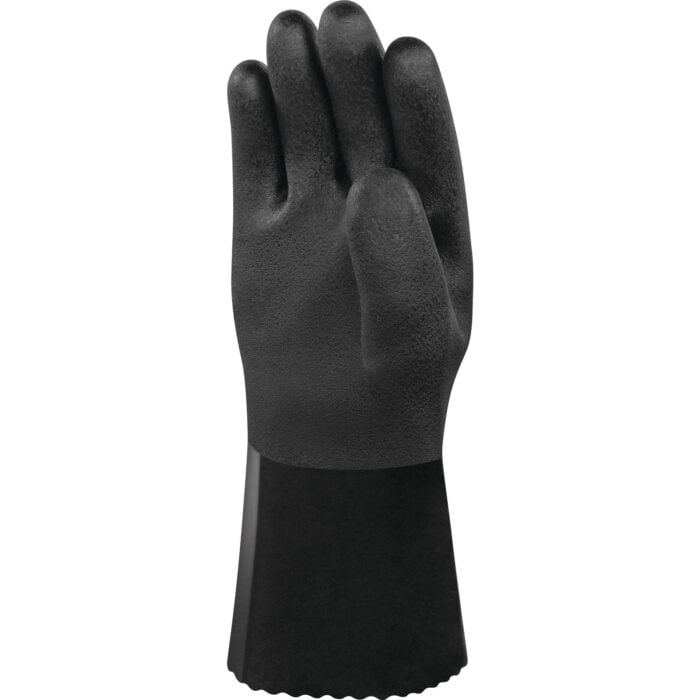
Norms
REGULATION (EU) 2016/425
-EN420:2003+A1:2009 : General requirements
-Dexterity (from 1 to 5) : 5
-EN388:2016 : Protective gloves against mechanical Risks (Levels obtained on the palm)
-Resistance to abrasion (from 1 to 4) : 4
-Resistance to cutting (from 1 to 5) : 1
-Resistance to tear (from 1 to 4) : 2
-Resistance to puncture (1 to 4) : 1
-Resistance to cutting by sharp objects (TDM EN ISO 13997) (from A to F) : X
-EN ISO 374-1:2016 : Protective gloves against dangerous chemicals and micro- organisms - Part 1: Terminology and performance requirements for chemical risks.
-Type B - Water and air tightness according to EN ISO 374-2:2019. Permeation resistance to at least 3 chemicals at level 2 according to EN16523-1: 2015 (from 1 to 6). : B
-Determination of resistance to degradation by chemicals according to EN ISO 374-4: 2019. Part 4: Determination of resistance to degradation by chemicals. : .
-n-Heptane (J) CAS 142-85-5 : 2 > 30 mn
-Caustic soda 40% (K) CAS 1310-73-2 : 6 > 480 mn
-Sulphuric acid 96 % (L ) CAS 7664-93-9 : 4 > 120 mn
-EN ISO 374-5:2016 : Protective gloves against dangerous chemicals and micro-organisms - Part 5: Terminology and performance requirements against micro- organisms risks.
-BACTERIA + FUNGI : Water and air tightness according to EN ISO 374-2:2019. : .
-EN16350:2014 : Protective gloves - Electrostatic properties.
-Vertical resistance in ohms (Ω) according to EN1149-2:1997 : 1,2 x10⁷
Product Used Risks
Heavy industry.
Oil / Gas.
Mining.
PARTICULES.
CHEMICAL.
Wearing.
Antistatic.
BIOLOGICAL.
HIGHLIGHTS
Metallic fibre.
High electrostatic dissipation to reduce the risk of explosion.
Textured structure.
Good grip of handled objects.
PVC.
Good resistance to abrasion
Material very resistant to oils, chemicals and petroleum derivatives.

